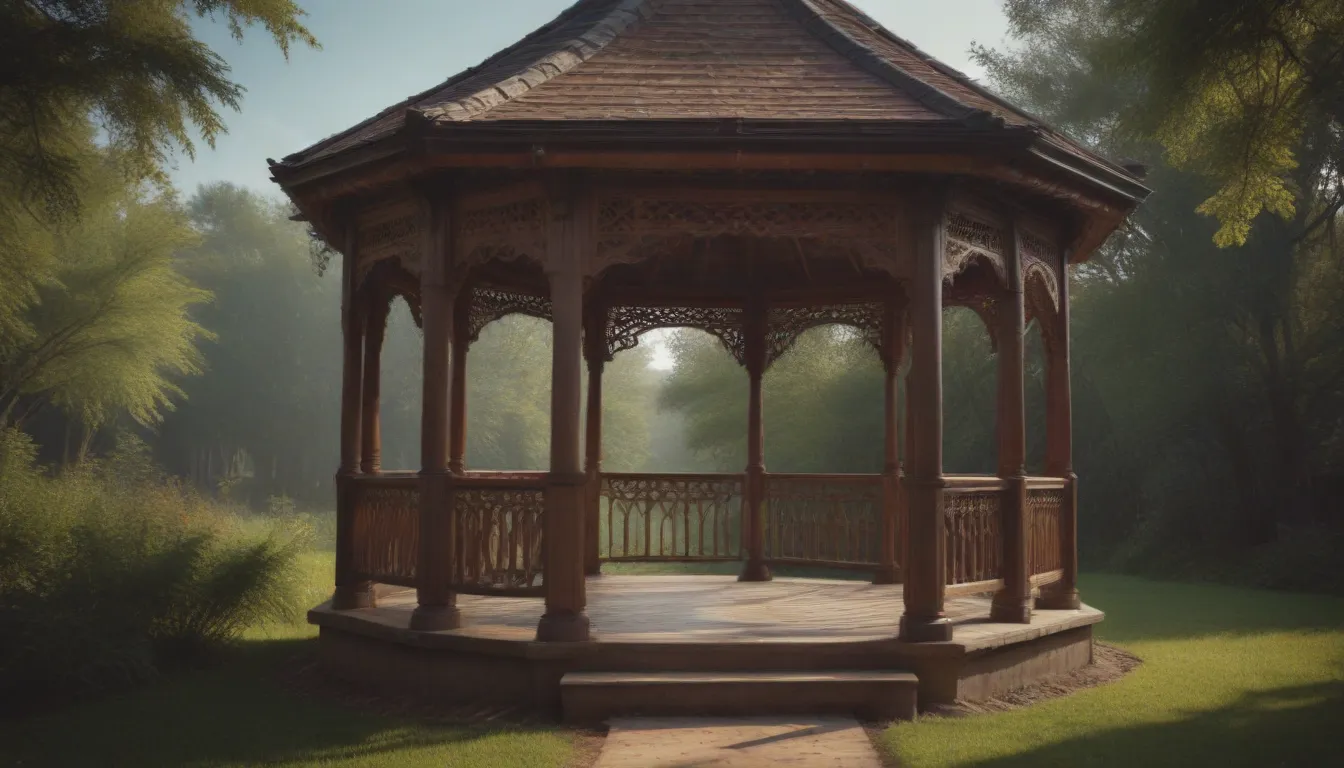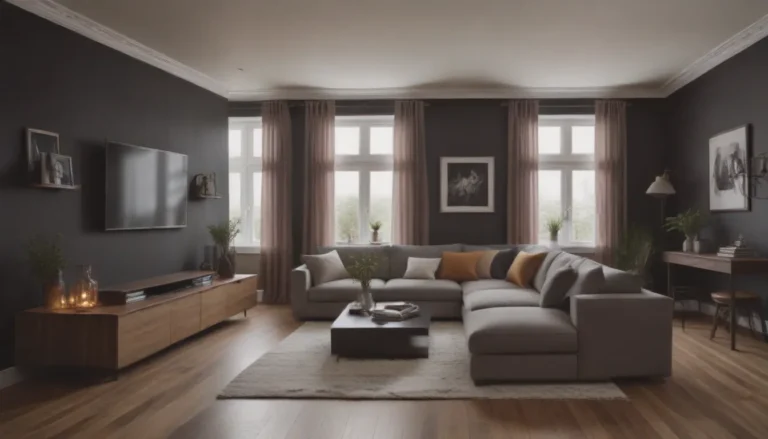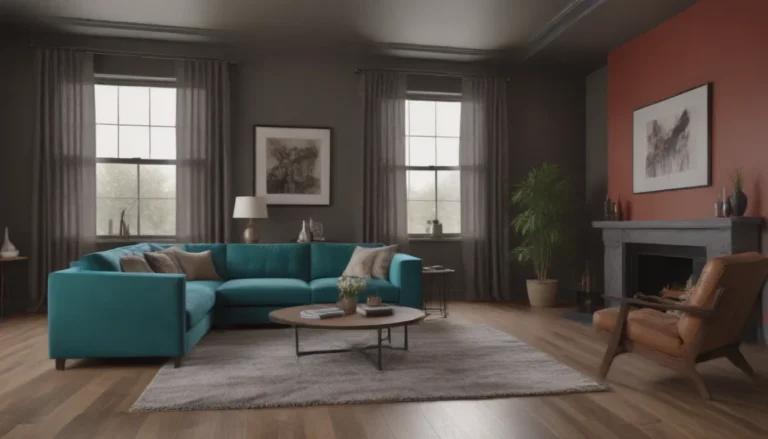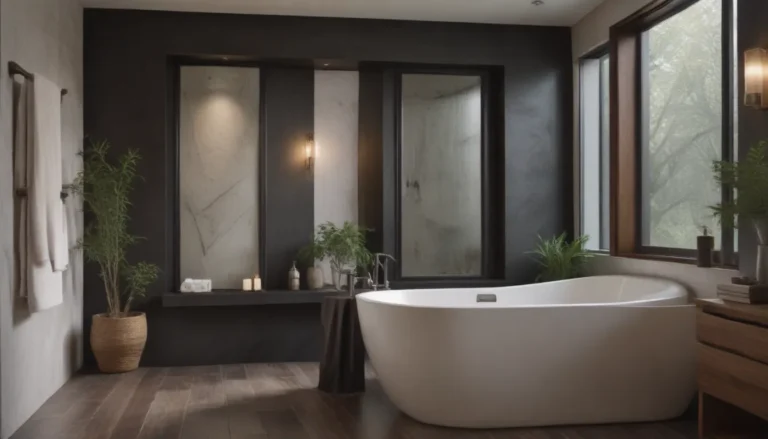Exploring the Many Uses of a Gazebo

Are you curious about the versatile structures known as gazebos? These open garden structures have a rich history and can serve a variety of purposes in today’s landscapes. From providing a focal point in your garden to offering a private retreat in your backyard, gazebos are a charming addition to any outdoor space.
What Exactly Is a Gazebo?
A gazebo is a freestanding structure, often hexagonal or octagonal in shape, with a roof. While gazebos can be constructed from wood or metal, they typically feature built-in seating within the sheltered area. To add a touch of privacy, latticework, outdoor curtains, or drapes can be incorporated into the design.
In a garden setting, a gazebo can serve as a focal point to be admired or situated strategically on your property to provide shelter while enjoying scenic views. It is essential to consider a few design considerations when adding a gazebo to your outdoor space.
Design Considerations for Your Gazebo
When planning the placement of your gazebo, it’s crucial to consider various factors to ensure it seamlessly integrates into your outdoor space. Some design considerations include:
- Scale and Proportion: Ensure your gazebo complements the size of your garden or property.
- Style: Choose a design that aligns with the aesthetic of your home and landscape.
- Materials: Select materials that are durable and weather-resistant.
- Location: Place your gazebo in a spot that offers both functionality and visual appeal.
- Additional Hardscape Features: Consider incorporating pathways, plants, or other hardscape elements to enhance the overall ambiance.
A Glimpse into the History of Gazebos
Gazebos have a rich historical background, dating back to ancient civilizations such as Greece and Rome. These structures have evolved over the years and have been utilized for various purposes.
- Egyptian Influence: In ancient Egypt, garden arbors were erected to support grapes and provide shelter, resembling the functionality of modern gazebos.
- Greek and Roman Roots: Both the Greeks and Romans constructed gazebos in their gardens as homage to gods and goddesses and as gathering places for relaxation and entertainment.
- Medieval and Renaissance Times: During the medieval and Renaissance periods, gazebos provided secluded spaces for meditation and social gatherings in European estates.
- English Tradition: In England, gazebos became popular in parks and private estates, serving as venues for afternoon tea and recreational activities.
- Asian Inspiration: Tea houses in China and Japan reflect a form of gazebo where tea ceremonies are conducted amidst serene natural surroundings.
Transform Your Outdoor Space with a Gazebo
In today’s compact living environments, creating a private retreat within your property can be challenging. A gazebo offers a perfect solution for establishing a cozy hideaway where you can unwind and escape from the hustle and bustle of daily life.
To enhance the privacy of your gazebo, consider incorporating lattice panels and planting vines to create a secluded atmosphere. Whether you use your gazebo for dining, entertaining, or relaxation, it can serve as a peaceful sanctuary away from the chaos of everyday activities.
The Versatility of Gazebos
Gazebos can be utilized in various ways, such as:
- Outdoor Dining: Host memorable dinners and gatherings in your gazebo.
- Entertainment Space: Create a designated area for social gatherings and activities.
- Private Retreat: Transform your gazebo into a peaceful hideaway for relaxation and contemplation.
- Extension of Living Space: Seamlessly integrate your gazebo into your outdoor living area for added functionality.
The Distinction Between Gazebos and Pergolas
While both gazebos and pergolas are popular outdoor structures, they have distinct characteristics that set them apart. Gazebos feature enclosed roof systems, providing complete shelter, whereas pergolas have open slats that allow sunlight to filter through. Additionally, gazebos are freestanding structures, while pergolas are often attached to the side of a house.
If you’re considering keeping your gazebo up year-round, ensure it is constructed from durable, weatherproof materials that can withstand various climate conditions. Selecting the right location for your gazebo is crucial, as it may become a permanent fixture in your yard.
By incorporating a gazebo into your outdoor space, you can enhance the aesthetic appeal of your landscape while creating a functional and inviting area for relaxation and entertainment. Whether you’re hosting a garden party or seeking a tranquil spot to unwind, a gazebo offers endless possibilities for enjoyment in your outdoor oasis.





